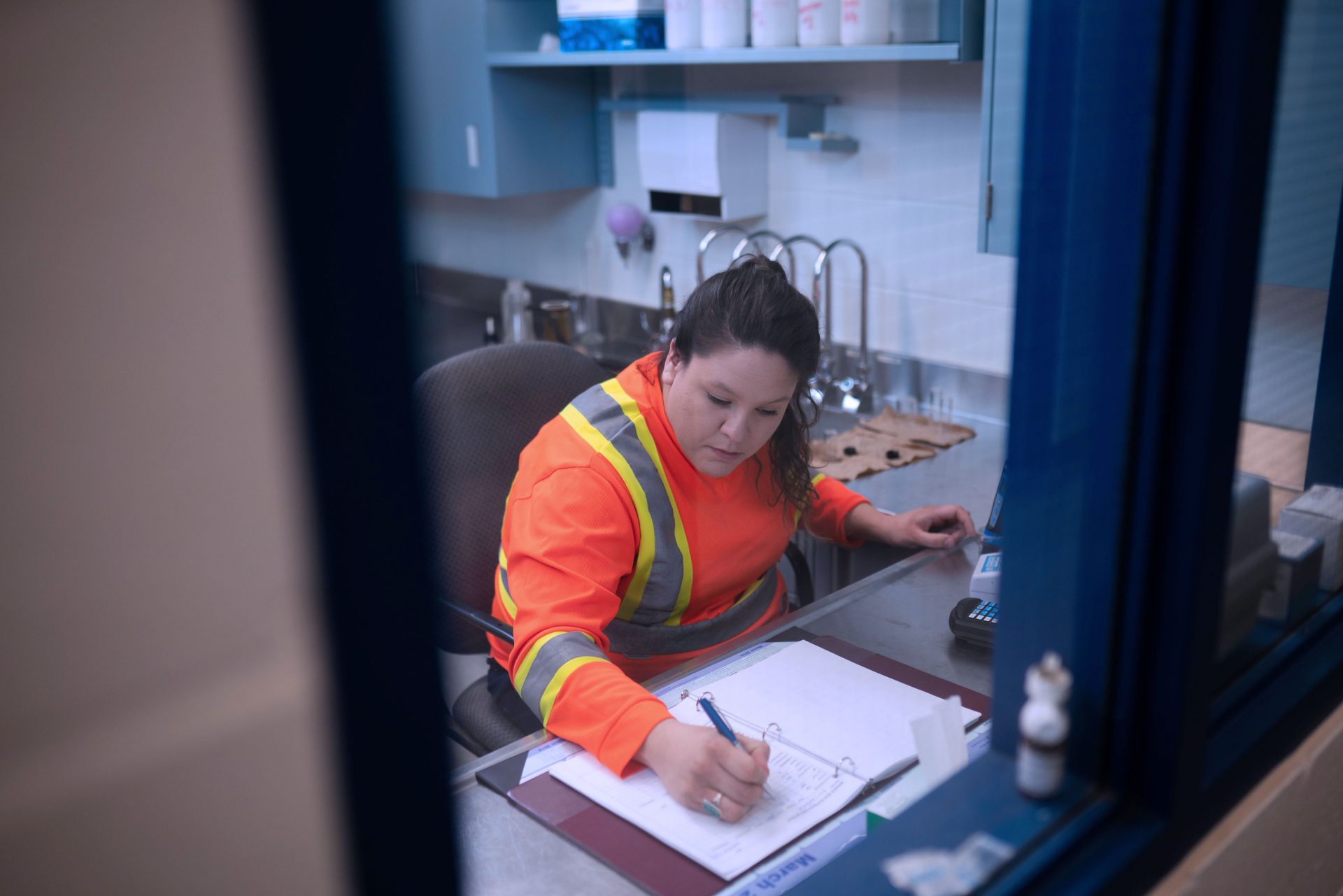Cory and Tanya from our Environmental and Indigenous Schools Water Programs were up in Brunswick House First Nation (BHFN) in June to run some really cool collaborative programming with the community!
On the Environmental side, we began an initial survey of 6 climate monitoring sites in the area, as BHFN has noticed changes to their lands and waters over the last few decades. Through this project, we will work with BHFN to develop a climate monitoring plan to measure how climate change might continue to affect the environment. This could include things like plants, snow, water levels, algae blooms, ice thickness, how climate and water will interact differently, and more. A recently assembled student team will monitor the six chosen sites throughout the summer.
This trip was also a chance to meet with the team: Lisa, the manager; Santana, the lead student hired by BHFN’s Lands and Resources Department; and 2 Grade 10 students from BHFN. We hope to engage many youths throughout the project, making it a sustainable project for years to come.
While preparing the Duck Lake Wetland monitoring site, Cory noted that several community members came by to stop and ask questions about what we were doing. Later, when students from Grades 6-11 at Chapleau High School joined to take samples and observations from the Wetlands, several more community members and parents waved and chatted once more. It was an excellent opportunity to connect the students’ work with the community
This visit with Chapleau High School proved how much the students enjoyed themselves during the virtual programs. They remembered EVERYTHING! It was so fun and exciting to have students from Grades 6-11 so engaged in water science skills and knowledge. Cory led them in an Isotope lesson and activity, and the following day saw them applying the old and new skills in the field. They also practiced identifying species of interest on the surrounding land (blueberries, raspberries, etc.). Some of the students had excellent plant ID skills!


